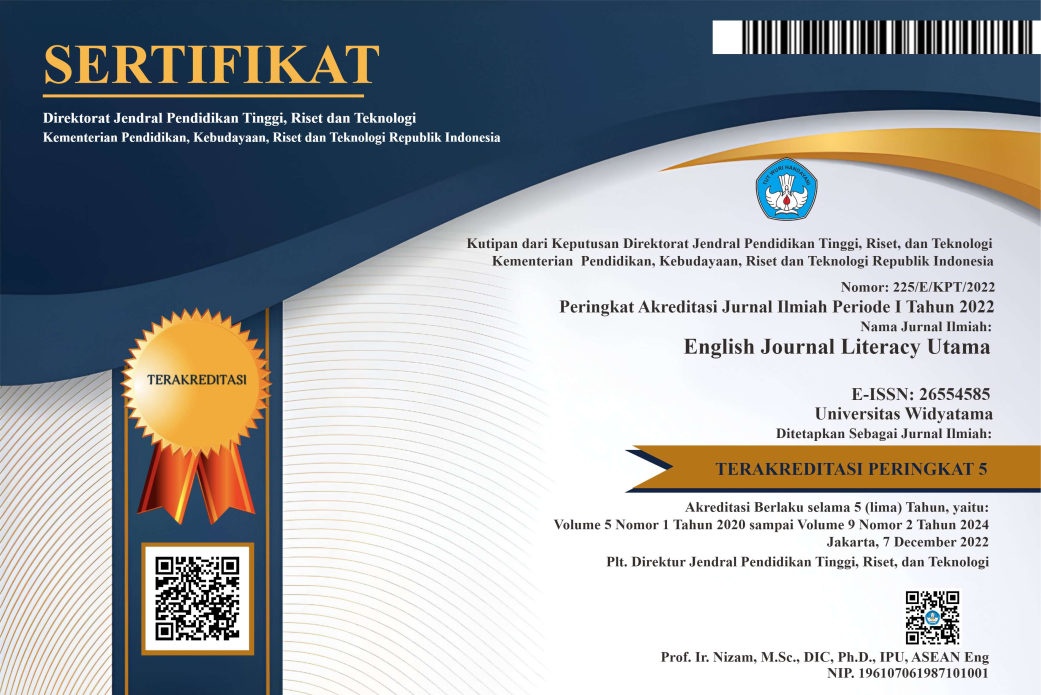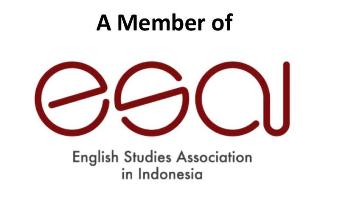ANALYSIS OF TRANSLATION USED IN TRANSLATING USAGE INSTRUCTION OF BEAUTY PRODUCTS
DOI:
https://doi.org/10.33197/ejlutama.vol4.iss1.2020.389Keywords:
Translation Method, Translation Technique, Shift in translationAbstract
This study focus on analysis of translation used in translating usage instruction of beauty products. The purpose of this research are (1) to identify translation method which are used in translating usage instruction of beauty products. (2) to identify translation technique which are used in translating usage instruction of beauty products. (3) and to identify the shift in meaning that occurs in translating usage instructions of beauty products. Data sources used are several beauty products that use English and Indonesian translations. The method used in this study is a qualitative descriptive approach. The theoretical basis of this research is Newmarks (1988) translation method theory, Molina & Albirs (2002) translation technique theory, and Nida (1975) shift in the translation process theory. The results of this study show that there are: (1) 3 translation methods used are 40% of data using the free translation method, 40% of the semantic method, 20% of the adaptation method. (2) 4 translation techniques used are 40% using adaptation techniques, 20% transposition, 20% linguistic amplification, and 20% amplification. (3) there was a shift in translation in the translating usage instruction of beauty products, namely 40% Changing information (skewing of information), 40% Information gain, and 20% Loss of information.















